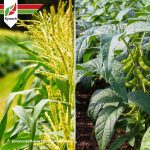
Best Practices for Dryland Maize and Soybean Cultivation
14/10/2024Automation in the banking industry QuickLook blog Deloitte US
13/11/2024Adding Value on the Farm—Nutrient Use Efficiency (NUE) Increases ROI for Western Cape Potatoes
In today’s agricultural playing field, the focus is being directed at sustainably producing crops for a growing world population. Concepts like ensuring food security, soil quality and fertility, nutritional value of crops and environmental impact on the natural resources are in the order of the day.
While farmers are constantly seeking ways to optimise soil health by adopting conservation agricultural practices to combat soil erosion, water runoff, loss of organic matter and/or nutrients, simultaneously it is necessary to optimise the use of applied nutrients to the soil and crops in order to enhance the so called nutrient use efficiency (NUE) of fertilisers. The term (NUE) denotes to the efficiency by which a soil can deliver the correct amount of plant nutrients to a crop in relation to the amount of plant nutrients applied. Last mentioned concept is then expressed in terms of crop quality and yield per unit of applied plant nutrients. A lower (NUE) could be the result of over application of fertiliser, leading to leaching, antagonism of different elements or maybe over application of lime, resulting in fixation of certain elements.
Kynoch’s yield enhancing team are equipped to assist farmers in an innovative way, by obtaining knowledge based on their farms’ soil type, soil form, chemical characteristics of the soil through sampling and analysis, as well as taking into account soil health factors when making decisions. Yield enhancement does not always refer to the highest yield, but also to more effective ways of obtaining yield, while caring for the crop and soil. It is of outmost importance that you know YOUR farm. The soil you work with, the climate you have to deal with and the outcomes you work towards.
When considering the success of (NUE) a concept like the 4R Nutrient Stewardship1 provides a framework to achieve the necessary outcomes, namely to increase farmer profitability, enhance environmental protection and improve sustainability. The 4R concept incorporates the following:
- Right fertilizer source, at the
- Right rate, at the
- Right time and in the
- Right place
Some trial results (Figure 1) that were generated by Kynoch in the Western Cape, on potatoes, can illustrate the aforementioned principles, when optimising the (NUE) and subsequently increasing the farmer’s profitability. The focus was on Phosphate (P) application on potatoes, either by spreading or band placement directly beneath the tubers at planting. There are three different mechanisms of nutrient uptake by the roots of crops2, namely, mass flow, diffusion and root interception. As in the case of (P) uptake by plant roots, the uptake is mainly by diffusion and, to a lesser extent, root interception and mass flow. The mechanism of diffusion, implies that a concentration gradient is necessary in the rhizosphere for optimal uptake. This leads to the deduction that (P) fertilisation should be placed in close proximity to the roots and preferably in a concentrated band placement vs spreading over the entire crop area. As potato plants have a relatively poorly developed root system, the aforementioned principle becomes critically important in the production and quality of potatoes.
The results obtained in Figure 1 can be summarised as follows:
- Band placement of (P) is more effective below tubers vs broad spreading
- The extent of the (NUE) is reflected in obtaining the same yield with less (P)
- Therefore, 1.5ton/ha P in band is the same as 1.0 ton/ha in band
- The addition of trace elements (Ultra) further enhances the farmers return on investment (ROI)
No matter your farm management system, your crop rotation system—whether it consists of cash crops, cover crops or the presence of livestock – your objectives or your means to the end, Kynoch’s agriculturists are ready to take your hand and support your goals. We don’t just supply fertiliser to farmers’, we work together to ensure a sustainable future for South Africa’s agriculture.
Figure 1: The return on investment (ROI) for two rates of Phosphorus fertiliser (Potato Start and Ultra Potato Start) at respective rates of 1500kg/ha and 1000 kg/ha
1 Cooke, G.W.,1982. Fertilizing for maximum yields. 3rd edition. Granada Publishing; and Havlin, J.L., Beaton,J.D., Tisdale, S.L. and Nelson, W.L.,1999. Soil Fertility and Fertilizers: an introduction to nutrient management, 6th edition. Prentice Hall, London.
2IPNI. 2012. 4R plant nutrition: A manual for improving the management of plant nutrition, North American version. (Bruulsema, T.W., P.E. Fixen, and G.D. Sulewski eds). International Plant Nutrition Institute, Norcross, G.A.
Compiled by: Chris Burbidge; Lunay Saayman and Graham Peddie from Kynoch Fertilizer
Contact Kynoch: 011 317 2000 or info@kynoch.co.za
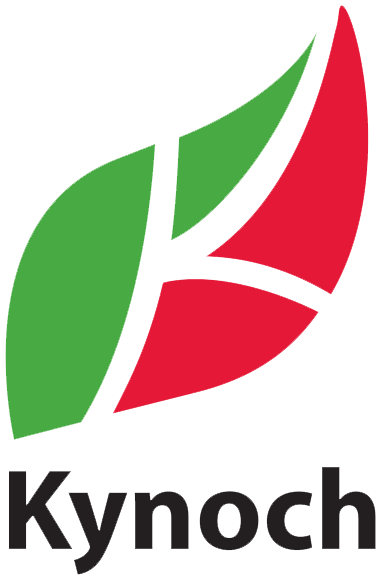

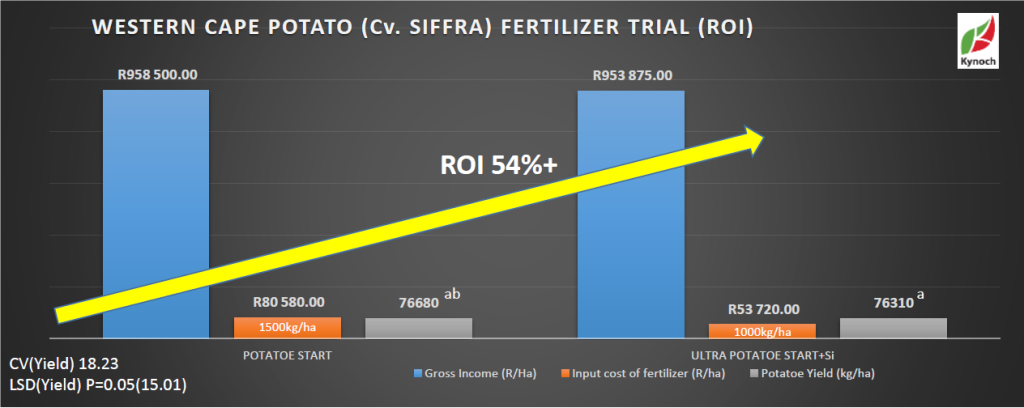
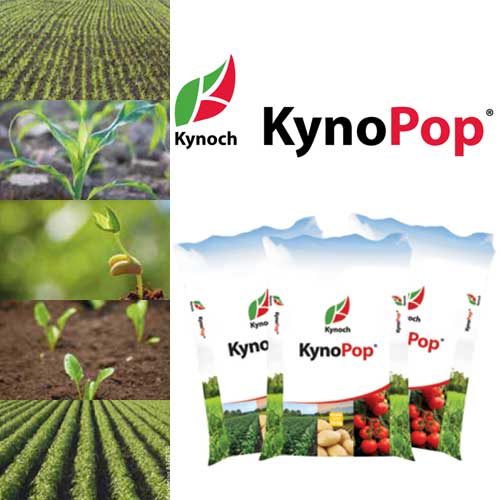
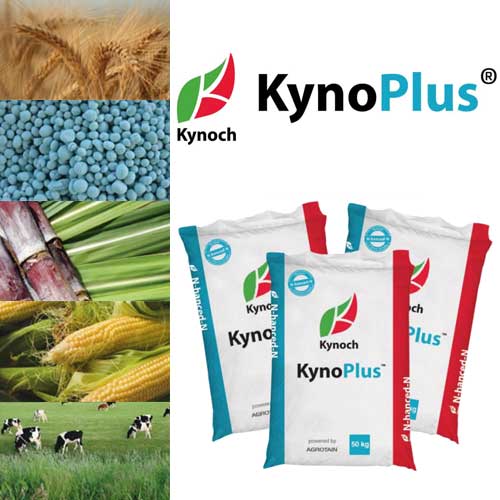

.png?v=1594369838025?v=1594369838026)